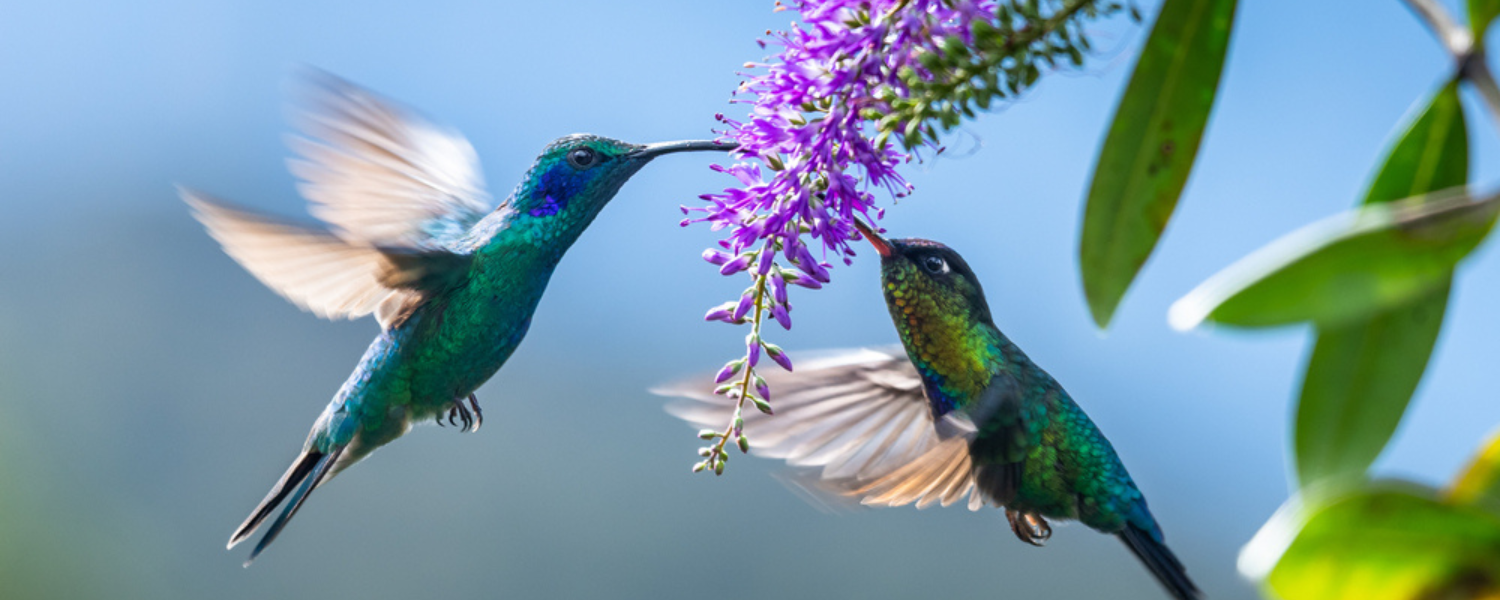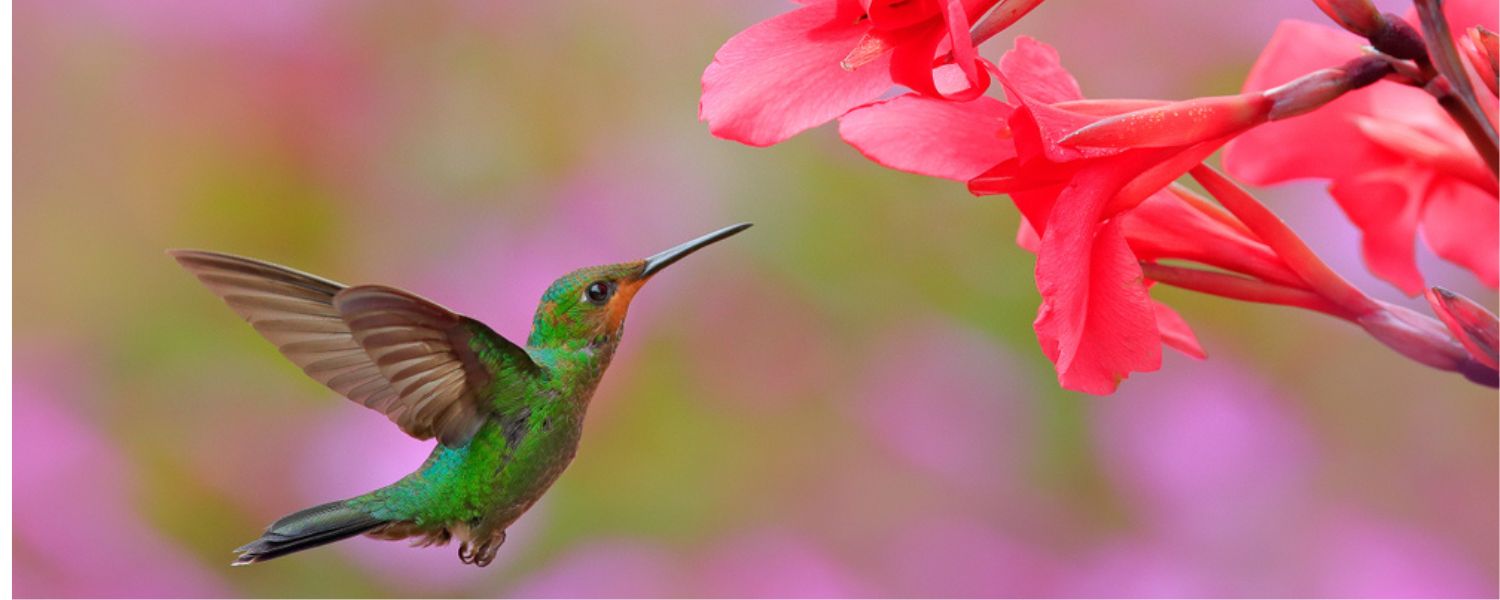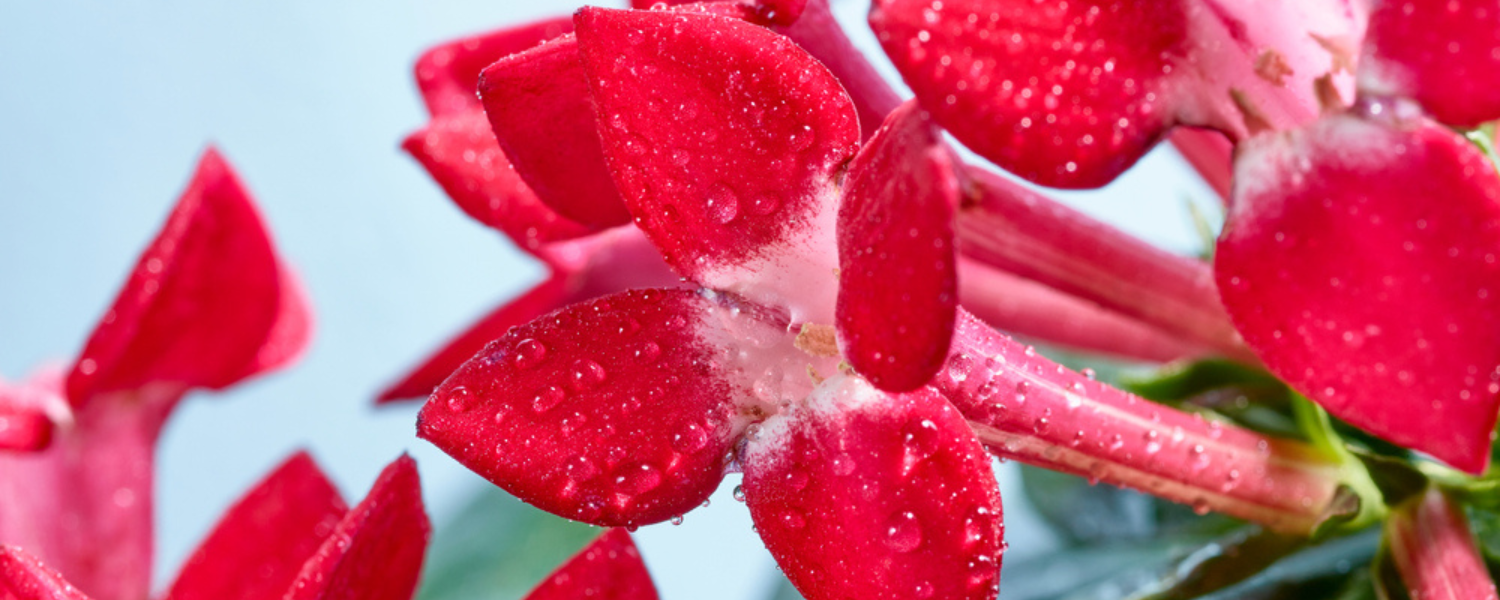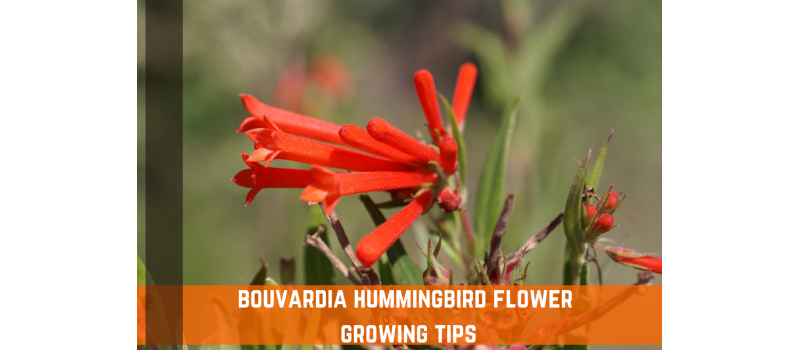Bouvardia is a low-maintenance plant that can be grown indoors or outdoors, depending on your climate. If you live in an area with warm winters and cool summers, then growing your Bouvardia outside might be the best option. If you live in a colder climate, keep it inside where it will get plenty of sunlight.
In order to get the best results, it's important to understand how Bouvardia flowers grow so that you can better guide their growth process. These plants feature bright, trumpet-shaped flowers that are ideal for attracting hummingbirds - but they don't last forever! The lifespan of a single bloom is anywhere from a few days up to a week, depending on the specific variety of Bouvardia you are growing.

Bouvardia Hummingbird Flower Characteristics
Bouvardia is a genus of flowering plants in the family Rubiaceae. It consists of about 35 species that are native to tropical and subtropical regions around the world. The bouvardia flowers are fragrant, with long tubes that produce tubular corollas. The flowers come in a wide range of colors, including white, red, orange, yellow, pink, or purple. Some types have multiple color variations within the same bloom cycle.
Because of their attractive flowers and fragrance, bouvardia plants are popular garden and container plants for home use. They can be easily grown from cuttings or seeds and require little maintenance once established. However, they do require plenty of sunlight to thrive and regular watering, especially when grown in containers.
Best Growing Conditions For Bouvardia Hummingbird Flower
Light & Temperature
Bouvardia plants require plenty of light in order to thrive and bloom. They can tolerate some shade, but they need bright, indirect sunlight for at least 6 hours a day. If you are growing your bouvardia indoors, try placing it near a sunny window or under grow lights that provide the recommended light levels. Bouvardias may also perform well under artificial lighting systems designed specifically for indoor gardens.
Soil
Bouvardia plants require well-drained, moderately fertile soil in order to thrive. Ideally, the soil should be slightly acidic and have a pH level between 6 and 6.5. Additionally, it should be moist and free of standing water. If your garden has poor drainage or if it tends to get flooded after heavy rainfalls, consider planting bouvardias in raised beds or pots instead.
Water
Many people make the mistake of watering their bouvardias too much. It's important to pay close attention to your bouvardia's soil--if it is dry at all, it will need water, but if it feels damp or is starting to get soggy, then you can let it be for a while longer. Generally speaking, they prefer drier conditions than many other common indoor plants.
Nutrition & Fertilizer
In terms of fertilizer, it's best to choose a high-quality organic option such as liquid kelp solution or fish emulsion. The nutrient content in these types of fertilizers will help your Bouvardia grow strong and healthy, giving it an extra boost during its early stages. Look for instructions on how much fertilizer to use and when to apply it directly onto your plant's soil - typically once every couple weeks should be sufficient.

How To Plant Bouvardia Hummingbird Flower From Seed
To grow your Bouvardia successfully, start by choosing the right container for your new plant. A pot with drainage holes at the bottom is recommended to ensure proper air circulation around the roots and help prevent root rot from occurring. Fill the container about halfway with well-draining potting soil, then gently lay your Bouvardia seedling into the center of the pot. Add more soil around the base until it is firmly in place.
Once your Bouvardia has been properly planted, you will need to water it regularly to keep the soil moist but not soggy. It's best to check on your plant several times a week and make sure that it stays evenly watered, especially during warmer months when it will require more watering than normal. If you notice that the leaves of your Bouvardia are starting to turn yellow or brown, this is an indication that they aren't getting enough water - adjust accordingly!
Bouvardia Hummingbird Flower Care & Maintenance
Bouvardia's bright blooms can be white, red, orange, or yellow and are often fragrant. Bouvardia is grown in warmer climates and prefers full sun or partial shade. To care for your bouvardia plant, follow these steps:
- Cut back all stems by about one-third their length using sharp shears. This will encourage new growth at the tips of the stems while thinning out old growth and improving air circulation around the plant's base.
- Remove any dead foliage and branches with your fingers or scissors if they cannot be reached with shears. Again, be sure to cut the branches back by about one-third their original length.
- Prune your Bouvardia plant during its dormant season in late fall or early winter when most of the leaves have fallen off and new growth hasn't yet started growing at the plant's base. This will ensure that pruning doesn't interfere with the plant's flowering cycle, which typically begins in springtime.
- Apply an all-purpose fertilizer around your bouvardia once a month during its active growing season to help promote healthy, vigorous growth and more abundant blooms. Be sure to avoid getting fertilizer on any flowers or foliage as this can cause damage to your shrub's delicate tissue and reduce its flowering potential.
If you want to keep your bouvardia shrub looking healthy and strong, it's important to regularly prune it by cutting back the stems by about one-third their length. This will help encourage new growth at the tips of the stems while thinning out old growth for improved air circulation around the base of the plant.

Common Bouvardia Hummingbird Flower Pests & Diseases
bouvardia plants are relatively pest-free - with the exception of rabbits, which may nibble on their leaves early in the season before munching leaves becomes less appealing - so once these flowers begin blooming you won't have to worry too much about pests ruining their beauty.
One common disease afflicting bouvardia plants is botrytis blight, which causes colors on the flowers of bouvardia to fade or turn brown. Botrytis blight also causes the leaves of bouvardia plants to wilt or turn yellow or brown. Another common disease affecting bouvardia plants is bacterial leaf spot, which causes dark spots to form on both the leaves and flowers of bouvardia plants. Both botrytis blight and bacterial leaf spot are typically treated with fungicides to prevent further damage and promote plant health.
If you are growing bouvardia plants in your garden, it is important to be vigilant about monitoring for signs of disease so that you can treat any problems as soon as possible. This will help ensure that your bouvardia plants stay healthy and beautiful for years to come.
Conclusion
If you're interested in learning more about how to care for a Bouvardia, there are many great resources available online! A simple search on your preferred search engine will return plenty of helpful articles, tips, and tricks that can give you the guidance you need to keep your plant looking beautiful at all times. And that's it! By following these simple steps, you'll be able to grow a gorgeous Bouvardia plant that is sure to attract lots of hummingbirds into your garden or home. So what are you waiting for? Start growing your own today!

